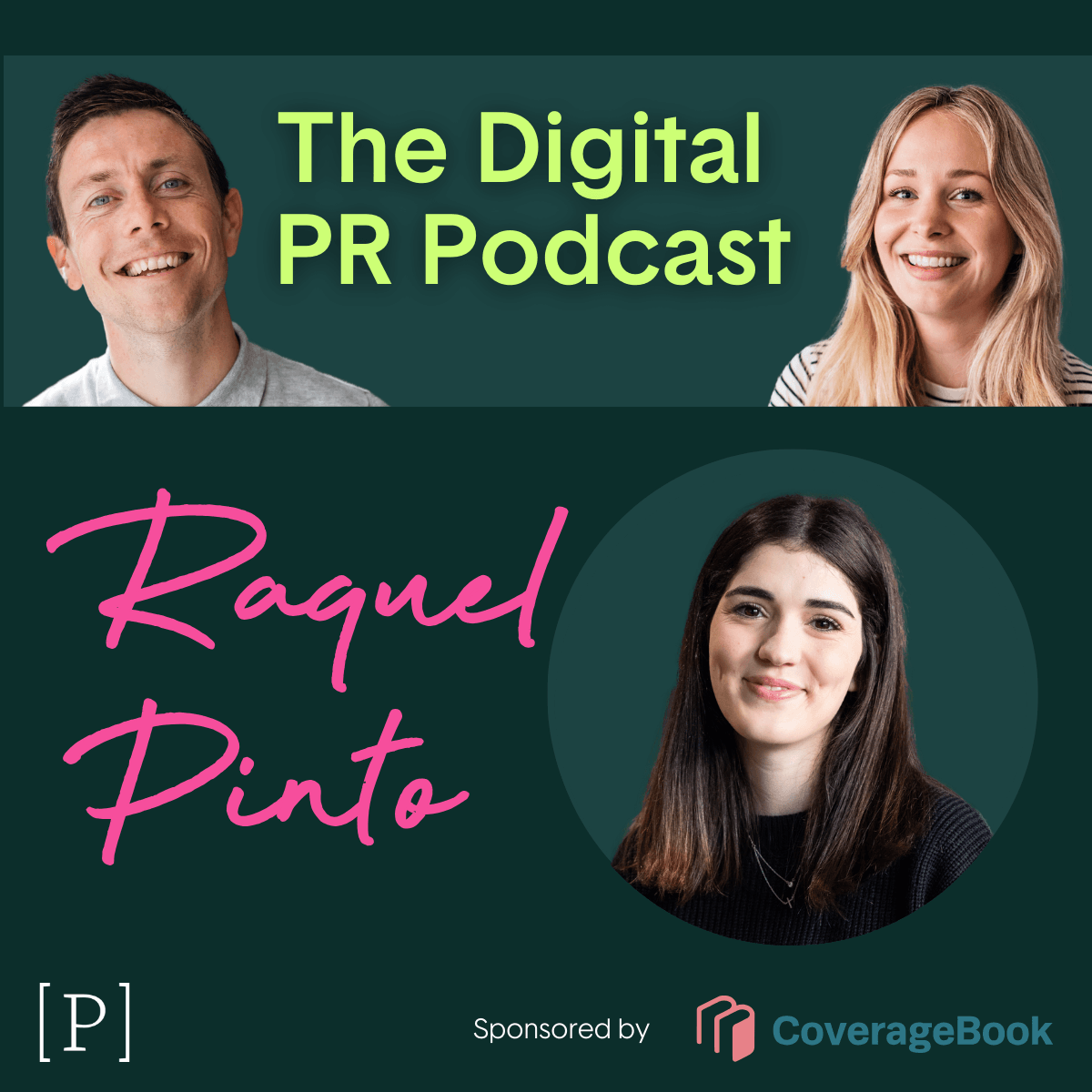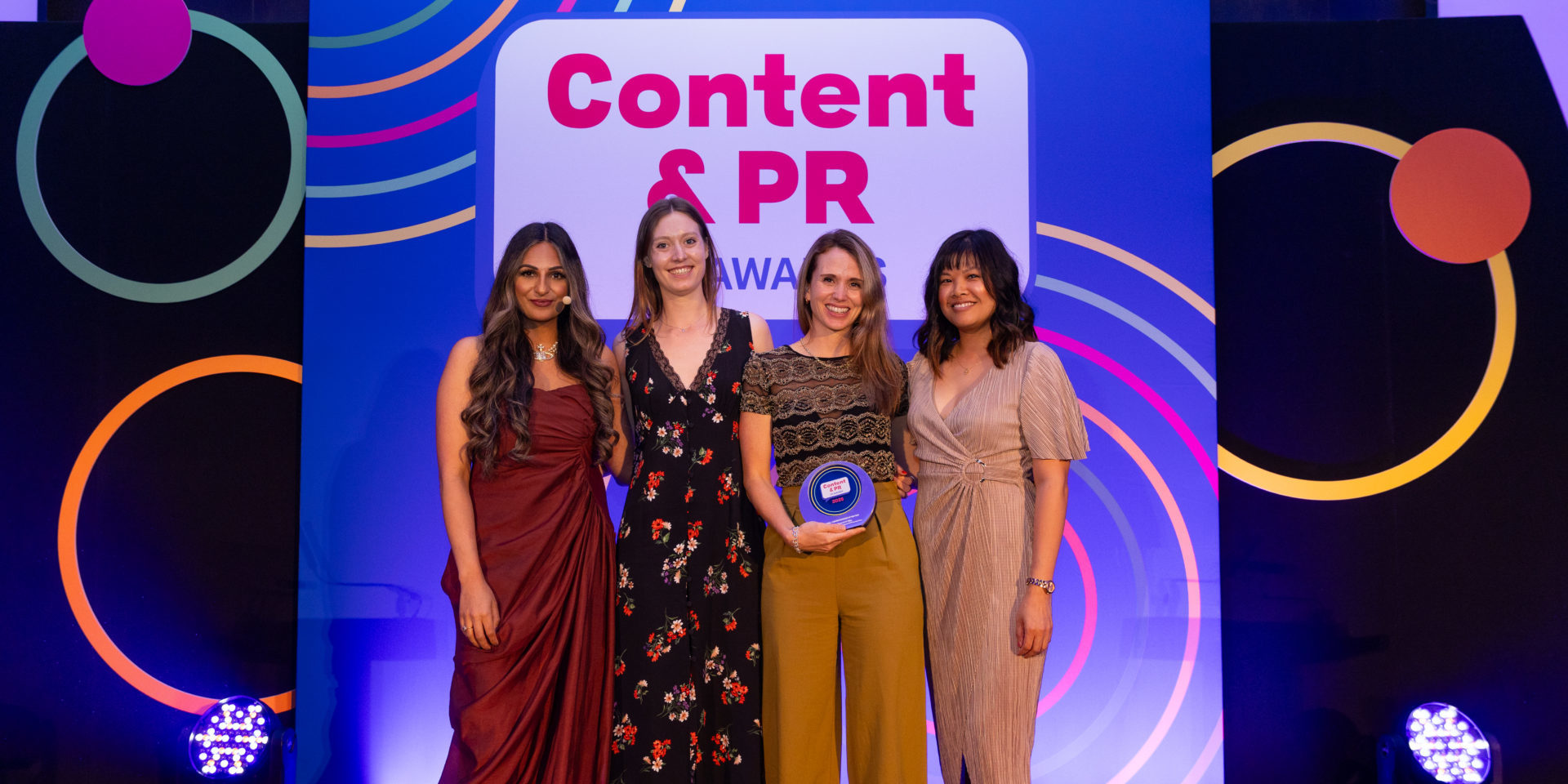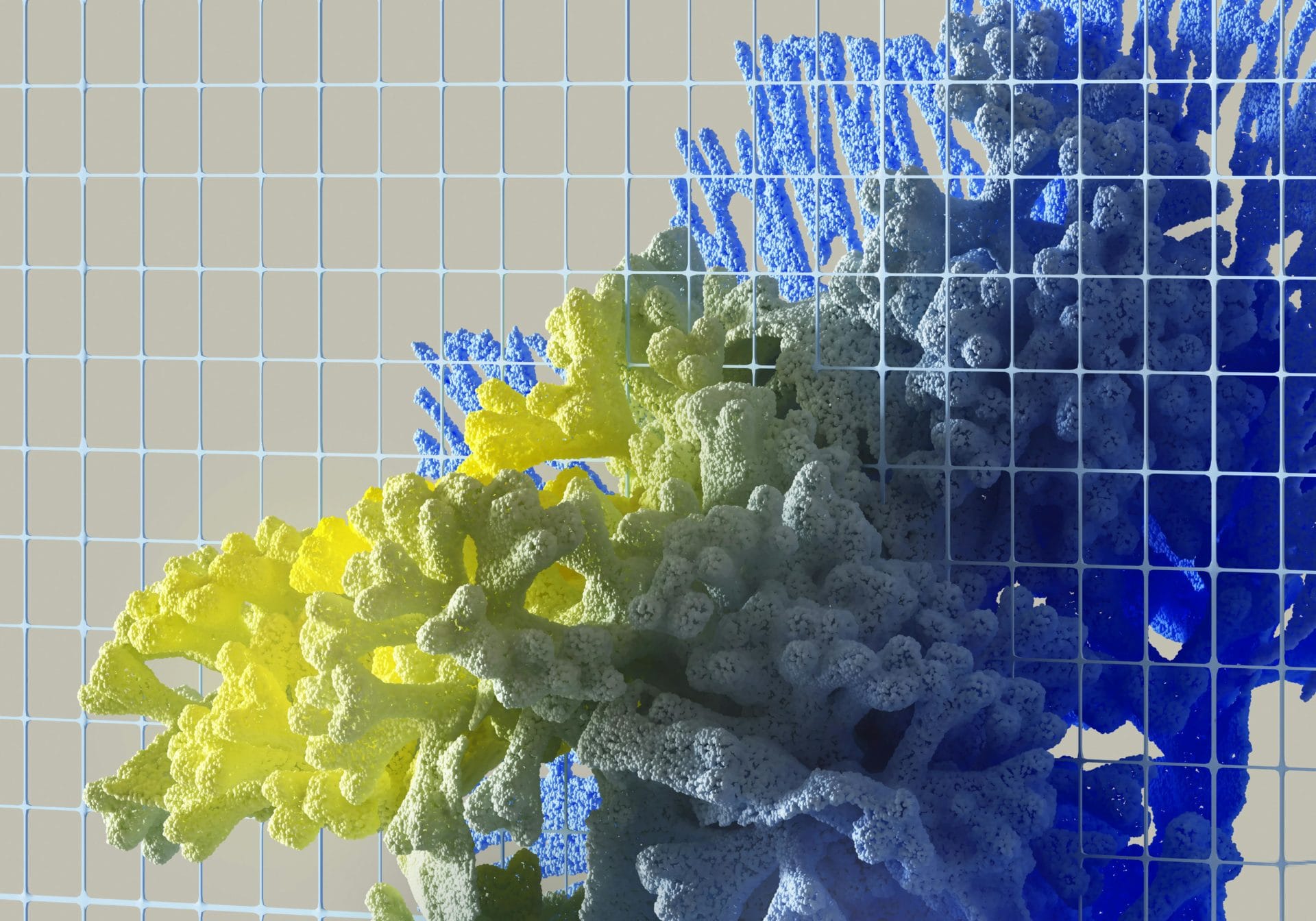
Episode #32
In this episode of the Digital PR Podcast, Steve Baker is joined by Raquel Pinto, a digital PR expert at Propellernet, to explore how AI is transforming media outreach. Rather than just a content tool, Raquel sees AI as a strategic thinking partner – helping PR professionals work faster, think sharper, and pitch more effectively. From treating AI like an intern to stress-testing hooks and unearthing niche audience insights, she shares how tools like ChatGPT and Perplexity are helping her deliver more focused, personalised outreach.
Have a listen or read the full transcript below.
Steve:
Hello and welcome to the Digital PR podcast. I’m joined today by the brilliant Raquel Pinto, who I have the pleasure of working with at Propellernet on a daily basis. Not only is Raquel a wonderful PR professional in every aspect, she’s also an expert in how AI is changing media outreach, which is what we’re going to be discussing in detail today. Raquel, lovely to see you as always, and thank you for joining us. How are you?
Raquel:
Thank you so much for having me, and what an intro. I love that. I’m all good, thank you. How about you?
Steve:
Very well, I’m very well. We’re both recording from home today, so hopefully everything will work smoothly. I’m really looking forward to this discussion, so let’s jump straight in. What I was eager to know, because you’ve been doing a lot of thinking and work in this space, and it’s been a pleasure to hear your thoughts, is what first sparked your interest in integrating AI into media outreach. Was there a turning point, or an “aha” moment?
Raquel:
I think there definitely was an “aha” moment. About a year ago I was looking at my calendar and realised I was using AI across loads of tasks, like refining copy, managing time, and editing internal documents. But when it came to media outreach, I was still doing so much manually. I had this moment where I thought, why am I spending 45 minutes tracking down contact information or scanning outlets when AI could clearly help?
So I sat down and wrote a big list of the tasks that were eating up my time. Most of them were curation tasks, like finding recent articles, checking if a journalist is still at a certain publication, or stress-testing a hook against the current news cycle. I realised much of this could be automated, or at least sped up.
That was a big switch for me. AI doesn’t need to be flashy, it just needs to make the boring bits quicker so I can focus on the good stuff. Once I started treating AI like an intern who could take the admin off my plate, everything changed.
Steve:
Makes perfect sense. I think the work you’ve done and shared with the team has helped simplify it in that way. You don’t really have to understand how it works, just what it can do and how it helps you become more efficient and manage time more effectively. You’ve mentioned a couple of things already, but how do you think AI is changing how PR professionals approach media outreach?
Raquel:
It’s not just helping us write faster, it’s helping us think better. In recent years it’s gone from a helpful spell check to a research assistant that never sleeps. The biggest shift is that PRs aren’t just writing with AI, even though that’s the impression you sometimes get online. Most of us are using it to think more strategically and insightfully.
It helps us step outside the usual PR mindset and think about how audiences actually talk, what they care about, and how to connect more effectively with journalists. It’s not just about fixing grammar. If that’s all you’re using it for, it’s like bringing a butter knife to a gunfight. You could be doing so much more.
Steve:
You’ve used the word “strategically”, and I’d really like to dig into that. What are some ways AI has helped PRs become more strategic when pitching stories?
Raquel:
There’s a lot I could say, but the main thing is specificity. A lot of us, at the start, were asking tools like ChatGPT to suggest subject lines for a campaign. But you can take it further and ask what subject lines are most likely to get opened by relationship journalists in North Wales for a specific publication. AI can look at huge amounts of data to help you get incredibly precise.
It helps reverse-engineer journalist preferences and find content gaps, based on what they haven’t covered yet but might be interested in. It also helps you test angles before you send the pitch. You can say, here are the possible angles, tell me which are strongest and why. It sharpens your hook and makes your pitching stronger.
I think of it as having access to a newsroom, without needing to bug their office. It’s genuinely helpful, and I’ve seen it make a big difference in how we work internally.
Steve:
That’s really interesting. It’s still a time-saving thing, but it also expands what we’re able to do. What we do every day involves checking what journalists are writing about, identifying hooks, and crafting strong subject lines. AI just gives us access to more insight more quickly. There’s still a human decision-making layer, though, right?
Raquel:
Absolutely. You said something important earlier, that human element. A lot of us have deep experience in particular areas, like travel, but in an agency setting you work across lots of clients. What works for one outlet or one type of story might not work for another. AI helps broaden your thinking and gives you options that you might not have considered.
Before AI, we might have spent 15 minutes brainstorming hooks in the office, asking each other for feedback. But we’d all be thinking from a similar perspective. AI can pull in other angles we wouldn’t have thought of, and then we, with our experience, can choose the best direction.
Steve:
What sort of prompts do you use for that? I know you share a lot with the team, and I think that’s really helpful for people listening. I remember struggling with prompts at the start. You’d ask ChatGPT or Perplexity for something, and it would give you something close, but not quite right. And because you’re not talking to a person, it’s hard to course correct. How do you manage that?
Raquel:
Genuinely, the key is treating it like an intern who knows nothing about you or your job. I assume it doesn’t even know what digital PR is. So I give it every bit of context I can. And if it gets something wrong, I correct it.
The most important part of any prompt, for me, is ending with, “Ask me any questions if you need more information.” Nine times out of ten, the tool will come back and ask for something you didn’t think to include. That really helps you get better results.
Steve:
That’s a great point. I still forget to ask AI to ask me questions back, and it really does help shape the result. There is definitely a bit of trial and error, and I still feel a bit awkward about being blunt or not saying “please” or “thank you”, which I would always say to a human.
Raquel:
Yes, completely. But it’s there to help you work faster, and once you treat it like a tool and not a person, it becomes much easier.
Steve:
I want to talk a little bit about things that are more feasible with AI, or things that were previously out of reach. What’s something you’ve been able to do with AI that would have been unfeasible manually?
Raquel:
When it comes to media outreach, a lot of us are under time pressure. We don’t always have three hours to sit and think about an angle. One example we use at Propellernet is asking clients what their dream publications are. Before AI, going through all those publications to identify recurring tones, themes, and headline formats from the past six months just wasn’t feasible.
Now, AI can do that legwork for me. Before even reaching out to media, I can guide ideation based on those patterns and themes. It helps me ask, what do journalists at these outlets want around this theme?
Another specific example is mining platforms like Quora or Reddit. If I’m working with a gaming client, for example, and they’re launching something around GTA 6, I might not have the knowledge or the time to dig deep into gamer communities. But AI can go through those threads, find the audience frustrations, and surface key talking points. That means I can pitch a relevant story to a niche gaming publication that actually reflects what their readers care about.
Without AI, unless I had a colleague who was deep into that world, I simply wouldn’t have had that insight.
Steve:
That makes sense, because you don’t know what you don’t know. We work across a range of sectors and always start with insights and research, but AI speeds up our thinking and deepens it. With a tool, you’re less likely to miss those subtle but important things. It’s definitely helped me when I’m in an unfamiliar niche. Where do you think AI still falls short when it comes to media outreach?
Raquel:
It can’t do everything. It helps with thinking, yes, but it can’t do lateral thinking. It can’t make those weird, creative leaps we make as digital PRs. If you’re trying to connect spikes in hockey game attendance to Super Bowl Sunday, or to a travel trend, or even to people leaving plants at home, AI won’t make that connection. It’s not wired to do that.
Large language models are remix tools. They predict what comes next based on patterns, but they don’t invent. So you get safe, predictable content, unless you step in with bold thinking.
If you rely on AI to be original, you’ll end up in a journalist’s spam folder. That’s a disservice to your work, your client, and your own professional growth. AI is great for admin, but you need to keep your creative brain focused on the juicy ideas.
Steve:
That’s a lovely way of putting it. I’ve got a creative ideas session coming up, which is quite standard, and I’ve definitely found that AI helps free me up for that kind of thinking. Let’s pivot slightly to talk about trust. How do you think things like AI-generated quotes or fake experts are affecting trust in the media?
Raquel:
There are a lot of angles to this. I’ve seen firsthand how a quote generated with AI nearly made it through from a client. If we hadn’t done our due diligence, it could have burned us and them. That was early in our AI journey, before we had policies in place.
Whether it’s a mistake or someone actively generating fake experts, it undermines everyone. It undermines the brand, the journalist, and us as PR professionals. AI tools don’t do due diligence — we do. That’s the line. The rise of fake quotes and experts is just inbox pollution.
We’re not just pitching stories, we’re pitching trust. And that can’t be copy-pasted. Journalists have to trust that we’re sending them genuine, valuable content. That comes from months or years of building that relationship.
Steve:
Do you think we’ll see more changes in how journalists view PR outreach because of AI? Will we need new ways of verifying quotes or experts?
Raquel:
Definitely. I wasn’t around for the lunch meetings phase of PR, I started during COVID, so I’ve never done one. But I think as AI makes outreach easier, journalists are getting overwhelmed by the volume.
We might see a return to building proper relationships — through DMs, comments, calls, or even just consistent, thoughtful outreach. I’ve started connecting with journalists who have covered our stories on LinkedIn. Not to pitch there, but to keep a finger on the pulse.
With Twitter fading, lots of journalists are active in new spaces. Finding where they’re talking, and actually listening, means you can create much more thoughtful and relevant pitches. That kind of personalisation will matter more and more, especially as the noise increases.
Steve:
That makes perfect sense. It links back to what you said at the start — getting more niche, more specific, and understanding their world more deeply. We’ve never been about spamming, but many are, and that really does erode trust. Are there any tools you’d recommend for media outreach?
Raquel:
There are so many tools, and a lot of them are a bit shiny without real substance. I call it “AI washing”, like greenwashing, calling it AI just to sell it.
But there are some I really like. Custom GPTs are great, specific versions of ChatGPT for specific tasks. We’ve got one at Propellernet called Editor Bot. It helps with clarity, tone, and format, especially for press releases.
I also use Perplexity and ChatGPT for trends, summarising research, and checking angles. BuzzStream has a tool called List IQ that helps avoid pitching to dead email addresses. I haven’t used it much yet, but it’s promising.
Ultimately, it’s not about the tool, it’s about the prompt. You don’t need ten tools. Just one that works well, and a really strong prompt.
Steve:
That’s excellent advice. It can feel overwhelming, the number of tools out there. But I’ve definitely found that having just one or two that really work for me is enough. That leads nicely to my next question, what would you recommend someone brand new to digital PR try this week to get more value from AI?
Raquel:
Two things. First, swap just one Google search for an AI prompt. For example, ask, “What travel angles are getting traction in UK media this month?” Include the date, the country, the topic, that will give you a much more focused answer than a standard search.
Second, if you’re in an ideas session, stress-test your campaign. Ask AI to think like an editor and be brutally honest. Give it the hook and say, “What’s the weakest part of this campaign idea?”
Also, start a prompt bank. I have a spreadsheet where I record the tool, the prompt, and what it was used for. You can even set up scheduled tasks in GPT-4 – like having it run your favourite news-checking prompt every Monday morning.
Steve:
A prompt bank. I love that. I’ve started one under your advice and it’s so useful. And yes, great to see there’s still a place for a spreadsheet. Last question, and I want you to look ahead now – no AI allowed for this one. How do you think AI will change the relationship between PR professionals and journalists over the next three to five years?
Raquel:
I think we’re already hitting a reset moment. Pitch volumes are going up, but quality isn’t. Journalists are overwhelmed, and that’s before every PR starts using AI. So if AI is used lazily, it’s going to make things worse.
The bar for trust and originality is going to rise. PRs who treat AI like a shortcut will start burning bridges. But those who use it to truly understand journalists and deliver tailored content — those are the ones who will stand out.
We’re already moving away from mass email outreach and towards more personalised, quality interactions. That might look like reactive pitches through social media, or even co-creating content with journalists based on shared data.
Being genuinely helpful becomes your advantage. And I actually think AI is pushing us to be better humans. The easy route will be saturated, so thoughtfulness becomes the differentiator.
Steve:
So it’s about using AI as a tool to enhance what we already do well, rather than as a shortcut. It’s not about cutting corners. It’s about doing more, with better insight, and building stronger relationships. Raquel, as ever, this has been an absolute pleasure. Is there anything you want to leave us with — a final thought?
Raquel:
Yes, just this. AI doesn’t replace creativity. It clears space so we can do more of what we’re best at. It’s not a shortcut for better work, it’s a tool that helps us think more deeply. In a sea of noise, the ability to think clearly is a real flex. That’s what I hope people take away.
Steve:
Beautifully said. You’ve actually inspired me to ask every guest for a closing thought from now on. Thanks again for your time and insights, this has been such a valuable chat.
Raquel:
Thank you for having me.






